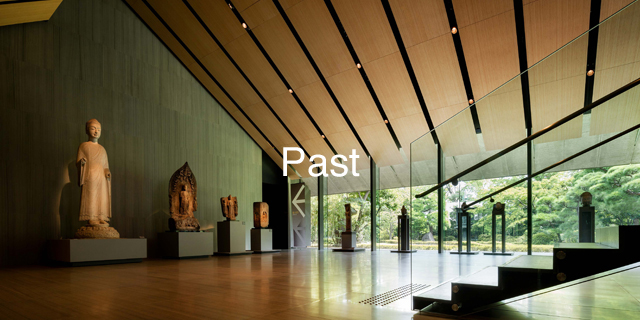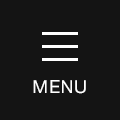
-
Museum Collection Exhibition
Can’t Read It, but I Like It!
Calligraphy in the Nezu Collection - Saturday, July 16 – Sunday, August 21, 2022
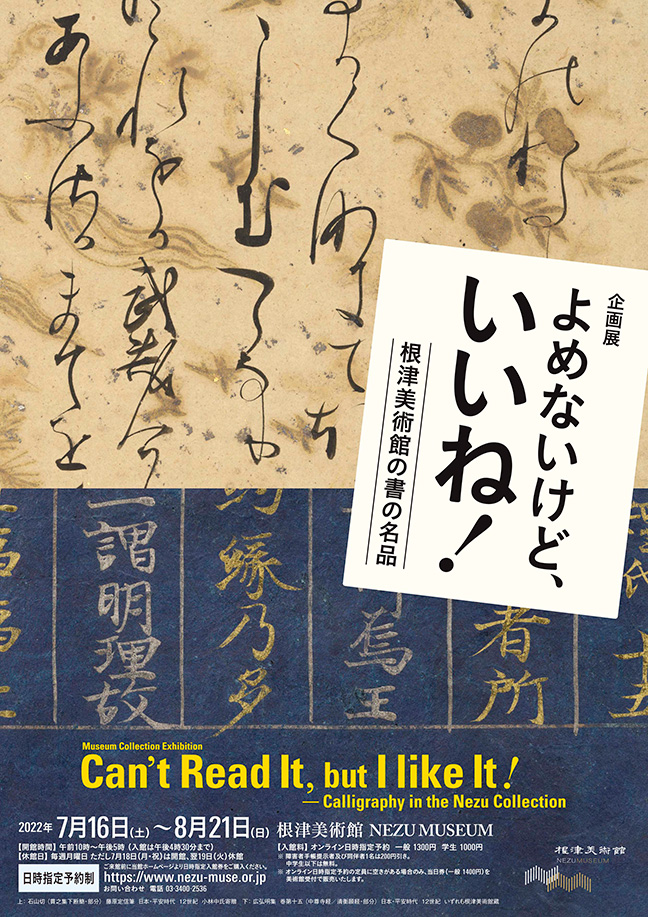

| Closed | Mondays, except July 18, and closed on July 19 |
|---|---|
| Hours | 10 a.m. - 5 p.m.(last entry: 4:30 p.m.) |
| General admission | Adult 1300 yen, Student 1000 yen |
| Gallery | 1/2 |
We tend to avoid exhibitions of calligraphy. After all, who wants to look at writing from ages ago, even if it is famous, if you can't read it? It’s boring not to understand what’s written there. Of course, being able to decipher the text is essential for understanding what it says. But let’s forget about needing a neatly printed text to read what’s written. It’s time to experience the fascination of writing with the brush. The focus of this exhibition, which consists mainly of famous works of calligraphy from the Nezu Museum collection, is presenting highlights of calligraphy that our predecessors treasured and handed down to us. We hope that you, too, will feel “I can't read it, but I like it" and take that experience as a stimulus for moving towards a deeper appreciation of the art of calligraphy.

- Ōjōmu (Detached Segment of the Wise and Foolish Sutra)
- Attributed to Emperor Shōmu
Japan Nara period, 8th century
Nezu Museum -
★Dabishi paper: With a dollop of Shakyamuni’s bones?
Given the stately style of the calligraphy and that this sutra fragment had been handed down in Tōdaiji Temple, an Edo-period appraiser decided that it was written by Emperor Shōmu (701-756). He named it Ōjōmu (“Great Shōmu”). The paper it was written on is a type called dabashi made with powdered euonymus bark or resin, which was interpreted as the powdered bones of Shakyamuni, the historical Buddha.
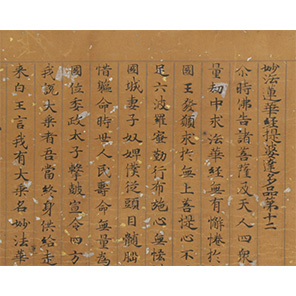
- Hoke-kyo narabini kaiketsu (Lotus Sutra with prefatory and concluding sutras), Vol.5
-
Japan Heian period, 11th-12th centuries
Nezu Museum -
★Can’t read it, but I might end up in Paradise anyway.
During the Heian period (794-1185), making copies of the Lotus Sutra became particularly popular. Behind that trend was the belief that copying the sutra and decorating the sutra scroll would enable one to be reborn in Paradise. This handscroll is one of a set of ten, all of paper dyed brown and scattered with gold and silver leaf. Gloriously decorated, this work is being exhibited for the first time.
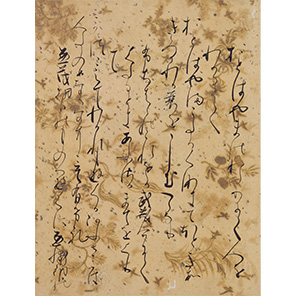
- Ishiyama-gire (Detached Segment of the Tsurayukishū Poetry Anthology)
-
By Fujiwara no Sadanobu
Japan Heian period, 12th century
Nezu Museum (Gift of Kobayashi Ataru) -
★Can’t read it, but love the sense of speed.
The utterly unhesitating speed of the brushwork, on paper splendidly decorated with gold and silver pigment, makes this detached segment compelling. The calligrapher, Fujiwara no Sadanobu (1088-1156) was about twenty-five when he produced this work. Later, starting at forty-two, he copied, by himself, the more than five thousand volumes of the complete Buddhist canon in twenty-three years, a prodigious achievement.
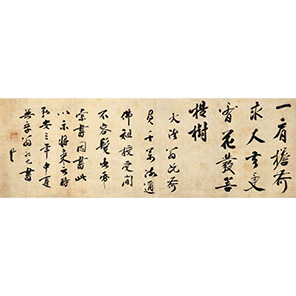

- Detached Segment of Religious Verse
- By Wuxue Zuyuan
-
Japan Kamakura period, dated 1280
Nezu Museum -
★It’s been trimmed? You must be kidding!
This elegant writing is in what we might expect from the hand of a high-ranking priest. But, according to a record from the Edo period, five lines from its beginning and one from the smaller characters at its end have been trimmed off. The document was cut up and recomposed to serve as a hanging scroll for a tea gathering. The person responsible had no intention of reading it in the first place.
